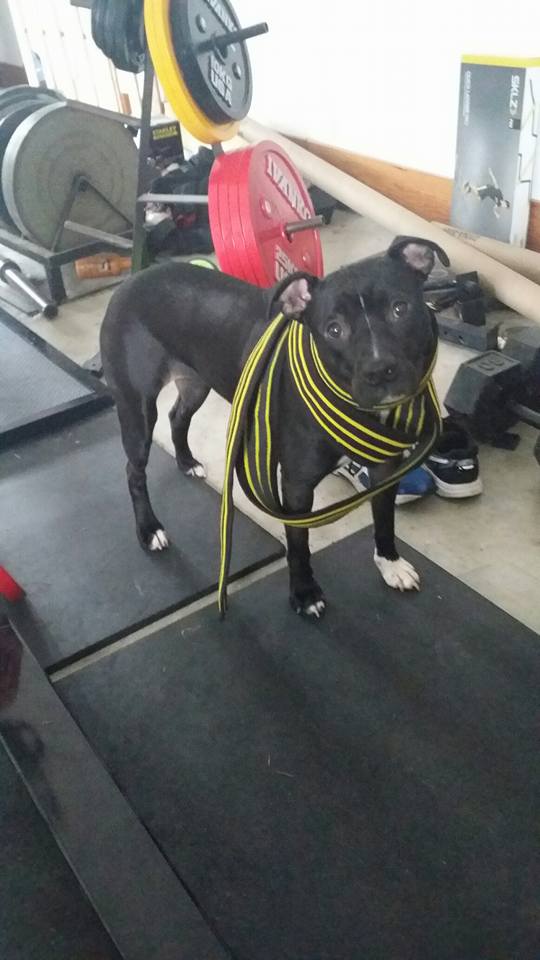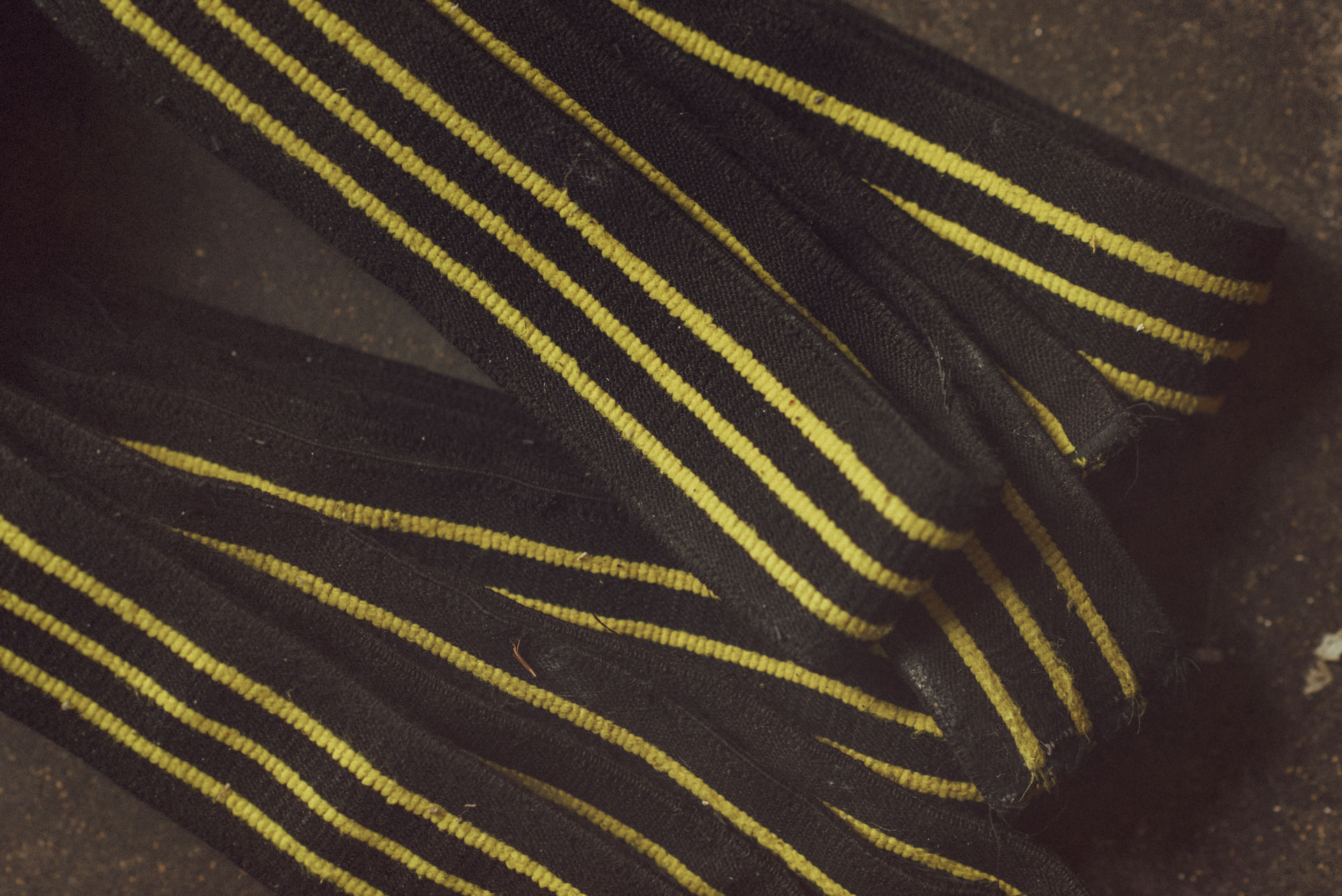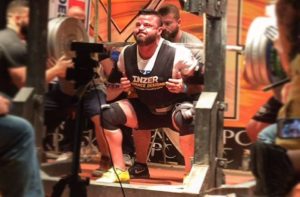
11 Apr So, You Want To Be A Cheater? A Guide To Squatting In Wraps
By: Paul Oneid
It’s safe to say that if you lift weights, one of your main goals is to lift more weights. As soon as you start lifting you begin to hone your technique, modify your training protocols and altering your lifestyle in order to lift more. One of the most hotly debated aspects of the quest to lift more weight is the use of equipment. Knee sleeves, belt, and wrist wraps all keep you safe while lifting, but they also help you lift more weight. Whether you want to admit it or not, any equipment you put on helps to increase the amount of weight you can lift. Knee wraps are no different; they just increase the amount of weight you can lift by a larger degree. That is why those who choose to compete in wraps compete in a different division that those who choose to lift without.
[wa-wps]Before we enter the meat and potatoes of this guide it is important to discuss the mechanism by which wraps increase the amount of weight that can be lifted. A large compressive force is exerted on the knee in an attempt to keep it straight. When the lifter descends in the squat, they build elastic potential energy. At the reversal point of the squat, this energy accumulation is peaked and when it is released, it is added to the force created by the lifter during the concentric portion of the lift. The more elastic energy produced, the more the lifter will benefit from the wraps. There are three ways to increase the amount of elastic energy stored; more knee bend, tighter wraps/different material, and increasing the speed of descent.
The technique used when squatting in wraps varies from the technique used when squatting without. Because the knee is forced into extension at a higher speed, the strength of the lifters back must be adequate enough to maintain an upright posture. If the back is not sufficiently strong, the knee will extend and push the hips further back, resulting in the lifter being pushed forward. Most missed squats while wearing wraps occur because of this mechanism. The lifters who benefit most from using wraps are those who squat with a narrow/moderate stance and an upright posture. Typically these lifters use a low bar position and a heeled shoe. These lifters employ a large degree of knee bend, which increases the stretch placed on the wraps. Their upright posture allows the hips to stay in proper position while the knee straightens. Maximizing your leverages during a squat is imperative in maximizing carryover. Push the knees forward more than you would if you weren’t using the wraps and keep an upright posture throughout.
The type of wrap and tightness of the wrap are also important. Some federations allow for a 2.5m wrap, while others allow a 3m wrap. Know the rules where you’re competing and maximize your equipment to match. Wraps should always be worn as tight as humanly possible. You are using them, so you may as well maximize their potential. The goal is to lift as much weight as possible and they do not give an award for the lifter who wore the loosest wraps. The material/thickness varies among brands and there are far too many to give an adequate review. The Inzer Gripper wrap is a good place to start, but it may not be aggressive enough for a seasoned lifter. Inzer recently came out with the Double Gripper wrap for that exact reason. Experiment with different brands and types until you find what you prefer. As far as wrapping technique, again it should be as tight as possible, with as much wrap behind the knee as is manageable. Be careful here, as you still want to be able to hit depth. Too much behind the knee and you will be stopped short, especially if you’re a narrower squatter.
The final aspect that will maximize the use of your knee wraps is descending into the squat as aggressively as possible. This takes practice and even more so confidence. The faster you are able to descend to depth, the more elastic energy you will store in the wraps, coupled with the mass of material behind the knee, it will feel as though you are bouncing out of the hole. Bear in mind you should never dive bomb the squat and tension should be maintained throughout the movement. A fast eccentric usually means a fast concentric. The only reason you should ever miss a wrapped squat in the hole is if you get pushed forward due to a loss in positioning.
There you have it, the guide to cheating the raw squat. I implore you to go forth and use this knowledge for only evil. Wrap those knees as tight as humanly possible. Stand tall, drop fast and rise with confidence for you are a lifter bound by no rules but your own… and the rules of the sport. Ok, so you’re bound by rules, but you’ll be lifting more weight so it’s all good!
Get The 10/20/Life Ebook HERE!
Paul Oneid
Latest posts by Paul Oneid (see all)
- A Proposition for a Paradigm of Planning Your Personal Periodization - March 4, 2019
- Paul Oneid –> Off-Season | Feet Up Bench PR and Some Squats - March 1, 2019
- Paul Oneid –> Off-Season | A bit of everything - February 21, 2019







Sorry, the comment form is closed at this time.